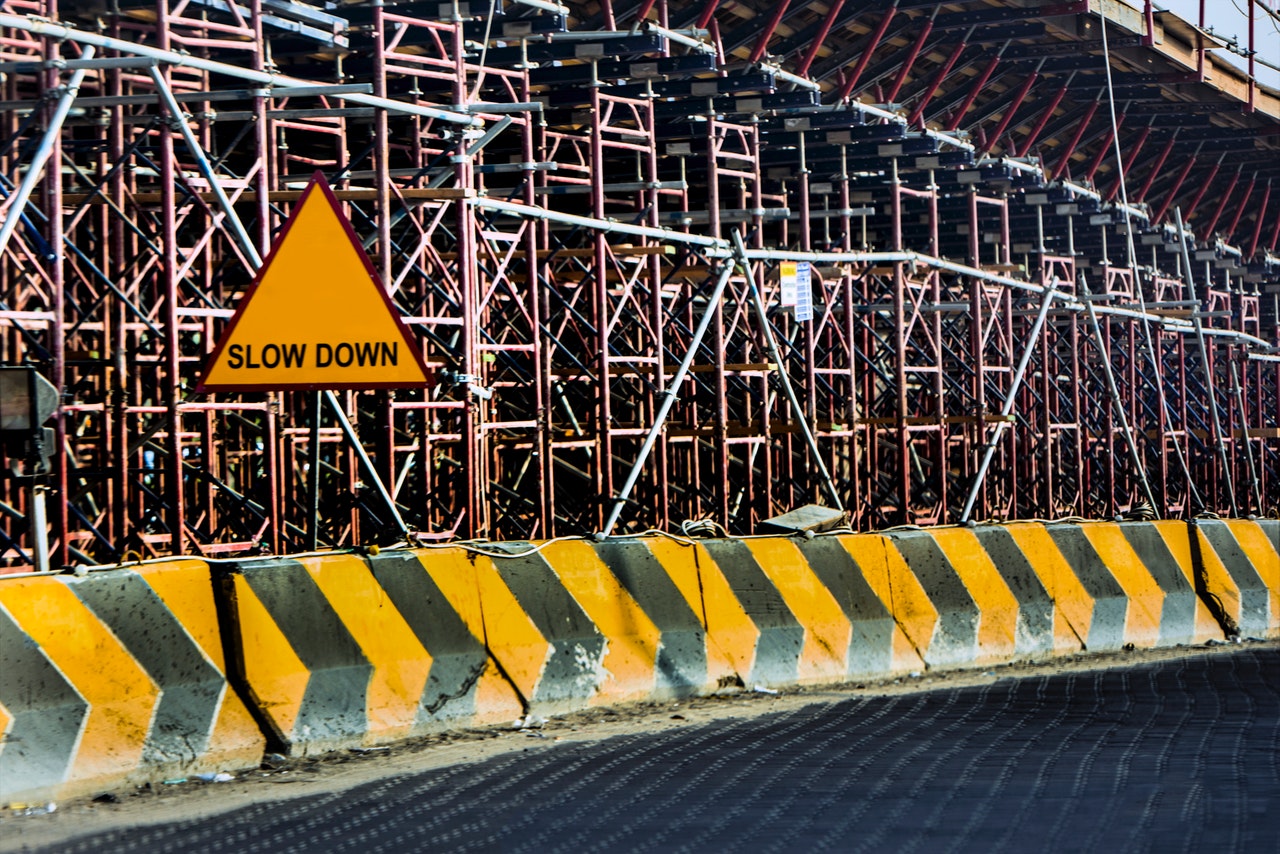Due to the unique issues related to supply chain, financing, contract deadlines, and public need, construction may continue under Governor Polis’ stay-at-home order as long as social distancing requirements are followed on construction worksites. This is intended to allow for continuity of operations on critical infrastructure such as roads, rails, airports, housing (especially low-income housing), energy infrastructure and water infrastructure. However, as is reinforced by this guidance, construction projects
and companies in their supply chain are not exempt from social distancing requirements, even if compliance means added cost. Hygiene protocols are strictly required.
The following practices are important for applying social distancing to a construction worksite setting:
● Reduce size of work crews: Teams should reduce the number of people in each work crew to the minimum number of people possible to perform the task safely, even if the reduction of crew size means the job takes longer.
● Minimize interaction between work teams: Even groups within the same project should avoid interaction across groups, to minimize possible viral spread if one worker contracts COVID-19. Approaches to avoiding contact between groups may include staggered shifts, compressed work weeks where different teams work different days, and maximizing geographic distance between different teams working on the same project.
● Avoid contact with visitors: Visitors outside the typical work crew should avoid interaction with the team wherever possible. For example, if an inspector or materials delivery needs to enter the site, they should alert the work team (e.g. by honking the horn of their vehicle twice or through another established communication means) so that the work team can vacate the site while the external parties are present.
● Maintain a 6 foot distance between employees wherever possible: Construction teams should make every effort to limit activities that cannot be performed within 6 feet of distance between workers. However, some core construction activities may require some proximity to complete (e.g., concrete pours, utility potholing, work in cranes, drainage pipe construction, among others). In these cases, construction crews must employ other aggressive measures to limit contact. Examples include requiring employees to face away from each other, the use of supplemental Personal Protection Equipment (PPE) like face shields or respirators, minimizing the number of people on a team, and retaining consistency within work teams to limit contact with parties external to that team.
● Office work should be done remotely, whenever possible: Office functions associated with a project (e.g. accounting or records) should be done from home to the maximum extent practicable.
● In-person meetings should be avoided: Office meetings and consultations should take place virtually, with participants working from home or their work truck, whenever possible. If an in-person meeting is absolutely necessary, that must be limited to fewer than ten people, and participants must maintain 6 foot distance at all times during the meetings. All surfaces should be wiped down before and after the meeting, and hand washing should also occur before and after the meeting.
● Workers must not congregate during breaks.
Hygiene Protocols
Strict hygiene protocols must be utilized with all equipment and surface areas that are commonly touched. Operators of light and heavy duty equipment, specifically, must:
● Clean commonly touched surfaces before and after operation: Cleaning: refers to the removal of germs, dirt, and impurities from surfaces. Cleaning does not kill germs, but by removing them, it lowers their numbers and the risk of spreading infection. Cleaning is typically performed using soap, detergents, cleansers and clean water before using a disinfecting method. Commonly touched surfaces, include but are not limited to: door handles and grab bars, instrument panels, steering wheels, devices such as cell phones;
● Follow cleaning activities with an approved disinfectant: refers to using chemicals to kill germs on surfaces. This process does not necessarily clean dirty surfaces or remove germs, but by killing germs on a surface after cleaning, it can further lower the risk of spreading infection. Disinfecting is typically performed using approved commercial or household disinfecting solutions. For a list of CDC-approved disinfectants against viruses (including COVID-19 virus), see: https://www.epa.gov/pesticide-registration/list-n-disinfectants-use-against-sars-cov-2
● Use of personal protective equipment for hygiene and safety: employees should wear all standard worksite personal protective equipment (PPE), especially eye protection and gloves, as well as other standard safety equipment (e.g. reflective vests or jackets). Face masks should be limited to specific activities for which they are typically needed, because of a national supply shortage. PPE may not be shared between members of a work team.
Focus on Critical Activities
● Focus on activities that are truly critical: Not all construction activities are of equal urgency. When considering whether a project is critical, please consider factors such as:
○ Whether the project is under construction already and thus requires active traffic management (in the case of a transportation project) or other work zone safety measures that benefit from ongoing activity;
○ Whether deferral of a start date on a project would undermine public safety or continuity of operations for critical infrastructure;
○ Whether the project can feasibly be done with social distancing measures as detailed above.
● Encouraging deferral of non-essential work: All project sponsors, public and private, are encouraged to provide flexibility to construction contractors to enable them to delay work during the period of the Governor’s stay at home order. For small projects, businesses and homeowners are strongly encouraged to provide construction contractors with flexibility to defer work until after the stay at home order is lifted.
● Safe shutdown of work:When a project or project phase must be shut down due to the pandemic, care should be taken that the project site is left in a safe condition. Traffic control devices must continue to be inspected and maintained, so it is a best practice to minimize their need and use when a project is temporarily inactive.
To download a complete list of best practices, click here









